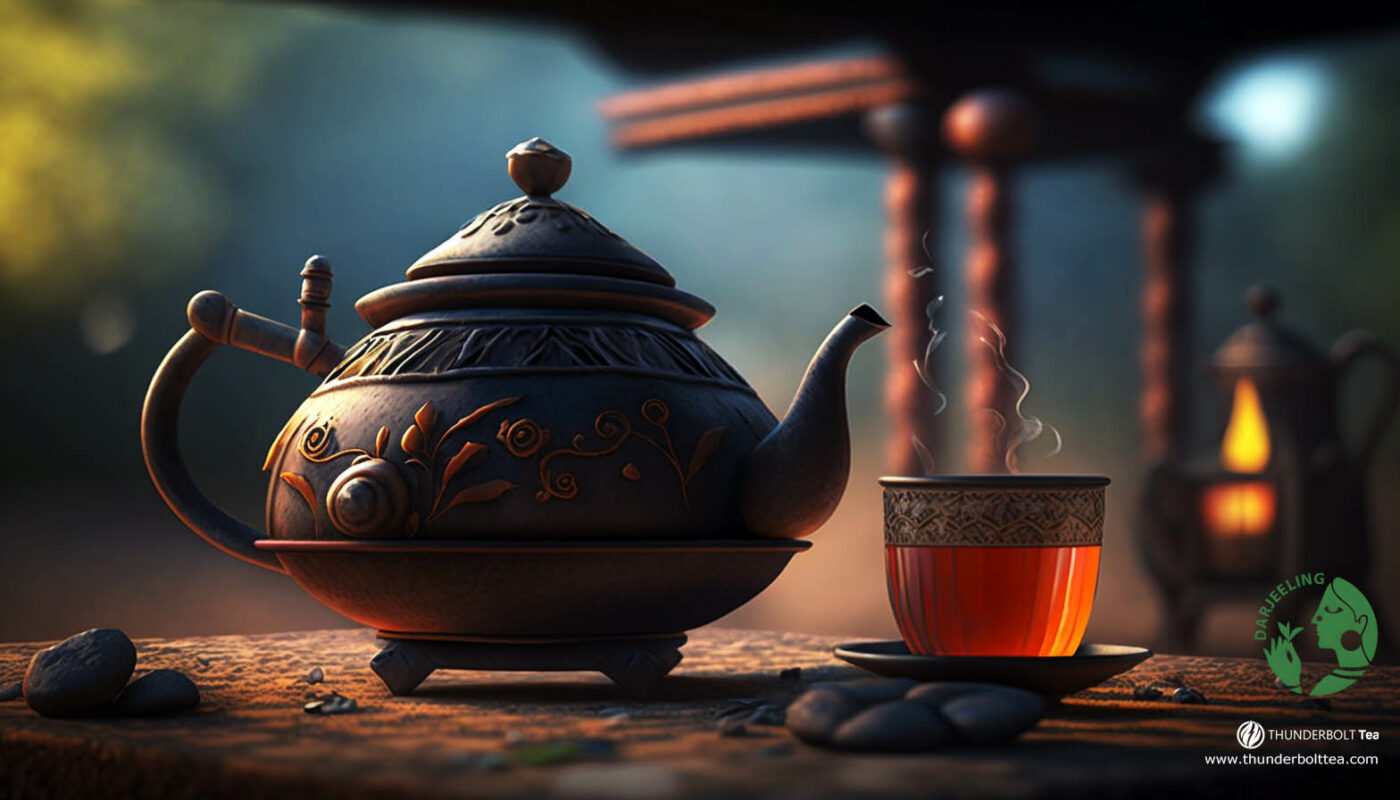Tea Guide
How Darjeeling Tea Became a Protected Geographical Indication (GI)
Darjeeling Tea is a world renowned tea variety that comes from the Darjeeling district in West Bengal, India. It has a distinct aroma, flavor and appearance, which makes it one of the most sought-after teas in the world. However, the popularity of Darjeeling Tea has also led to counterfeiting, which has been a challenge for the tea industry. To protect the authenticity and quality of Darjeeling tea, the Indian government has granted it the status of Protected Geographical Indication (PGI). In this article, we will discuss how Darjeeling tea became a PGI and its impact on the tea industry.
First of all, what is a protected geographical indication (PGI)
A Protected Geographical Indication (PGI) is a sign used on products that have a specific geographical origin and possess qualities, reputation, or characteristics that are essentially attributable to that origin. In simple terms, a PGI is a form of intellectual property right that protects the uniqueness and quality of a product from a specific geographical region. A product can only be labeled as PGI if it has undergone specific production processes in a specific geographical region.
How did darjeeling tea become a pgi or gi?
Darjeeling Tea was designated as a PGI in 2004 after the Indian tea industry fought for years to maintain its authenticity and quality. The Tea Board of India applied for a Geographical Indication (GI) label for Darjeeling tea in 1986, but it was denied owing to a lack of evidence. The Tea Board of India applied again in 1999, and this time they were successful in obtaining a GI tag for Darjeeling tea. The GI marking shielded Darjeeling Tea against unlawful use and imitation, but it proved insufficient to prevent counterfeiting.
The Tea Board of India sought for PGI accreditation for Darjeeling tea in 2003 in order to better preserve the authenticity and quality of Darjeeling tea. The Geographical Indications of Products (Registration and Protection) Act of 1999 conferred PGI recognition in 2004. This decision was essential for the Indian tea business since it helped to maintain the reputation and quality of Darjeeling tea.

Darjeeling Tea Logo
CTM Logo to be used by merchants
Darjeeling certification trade mark (ctm) and it’s significance
Shop authentic hand picked teas from Thunderbolt Tea
What are the criteria for Darjeeling tea to be labeled as GI?
Darjeeling tea must meet stringent criteria set by the Tea Board of India in order to be branded as PGI. The tea must be cultivated, processed, and packaged in India’s Darjeeling area. The tea must also be made from the Camellia sinensis plant, which grows only in the Darjeeling region at specified altitudes and climatic conditions. Hand-plucked tea leaves must be processed using traditional procedures like as withering, rolling, oxidation, and drying. These criteria ensure that the tea preserves its distinct scent, flavour, and appearance, which contribute to its high demand.
Impact of Darjeeling tea being labeled as PGI
The Darjeeling tea industry has been significantly impacted by the PGI designation. Darjeeling tea’s originality and quality have been safeguarded, which has boosted consumer interest in it and raised its price. Darjeeling tea can now be distinguished from other types of tea thanks to the PGI label, which has increased its market share. Due to Indian government subsidies for PGI-registered products, the Darjeeling tea sector has also benefited financially from the PGI classification.


